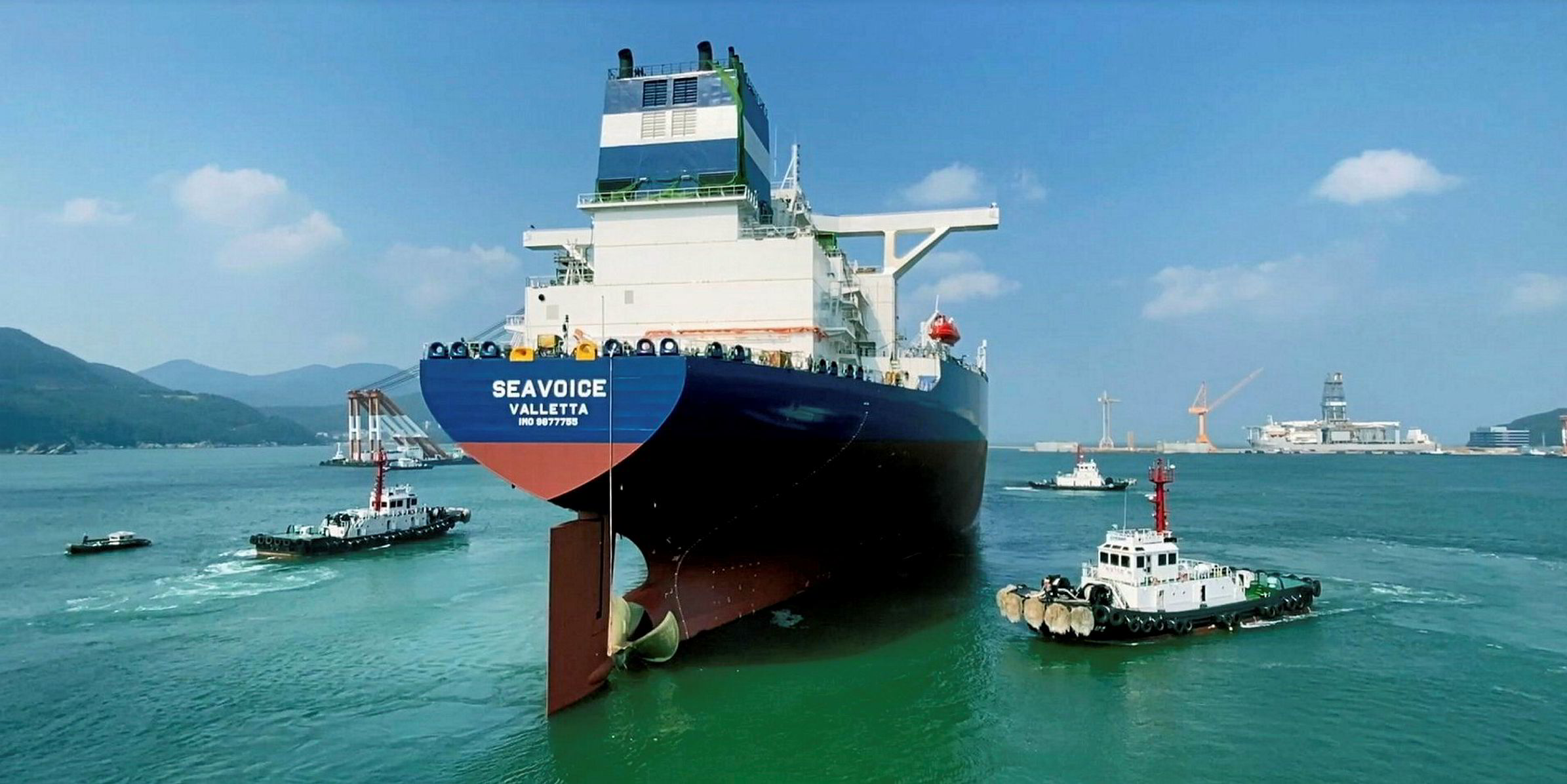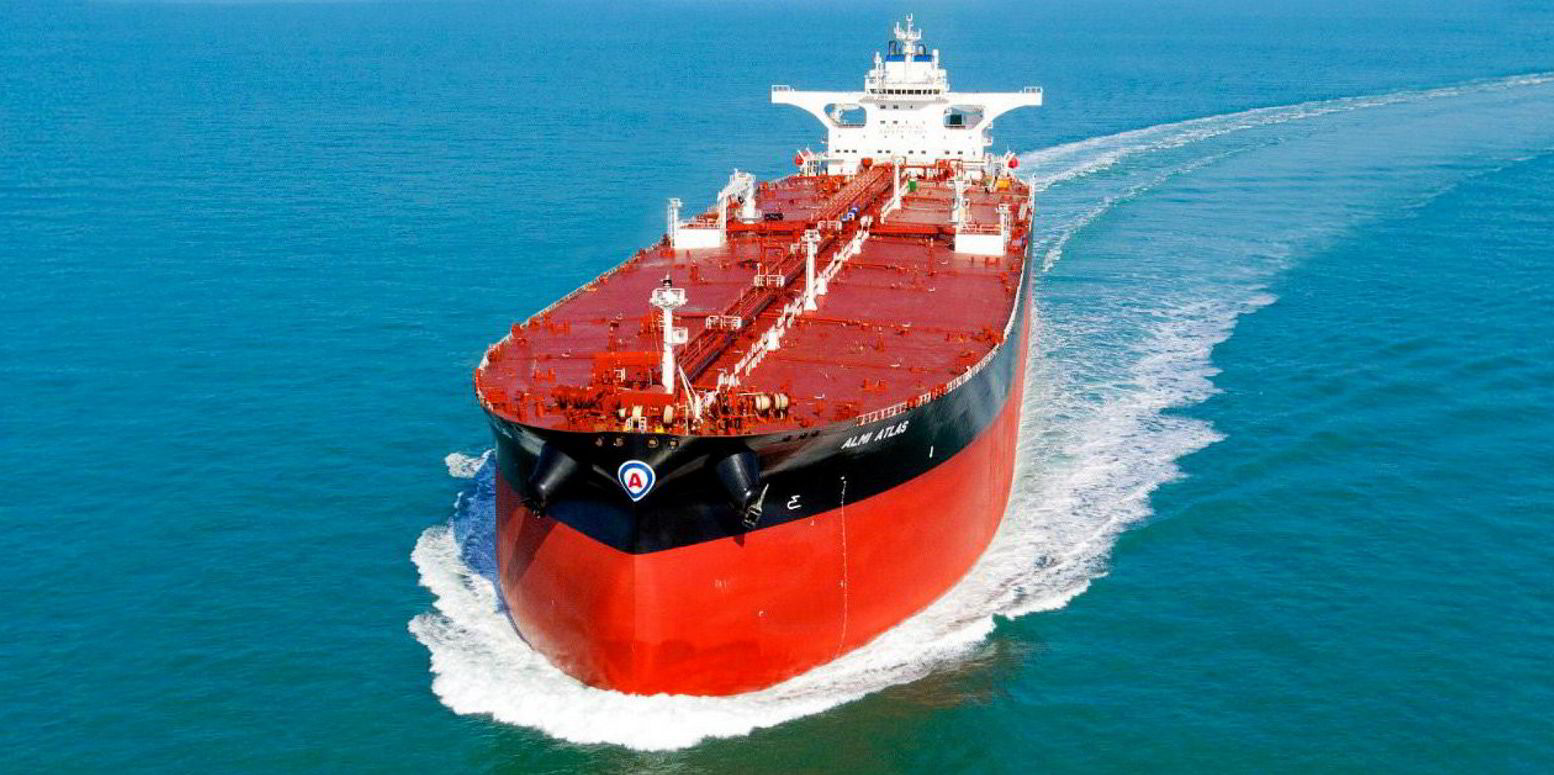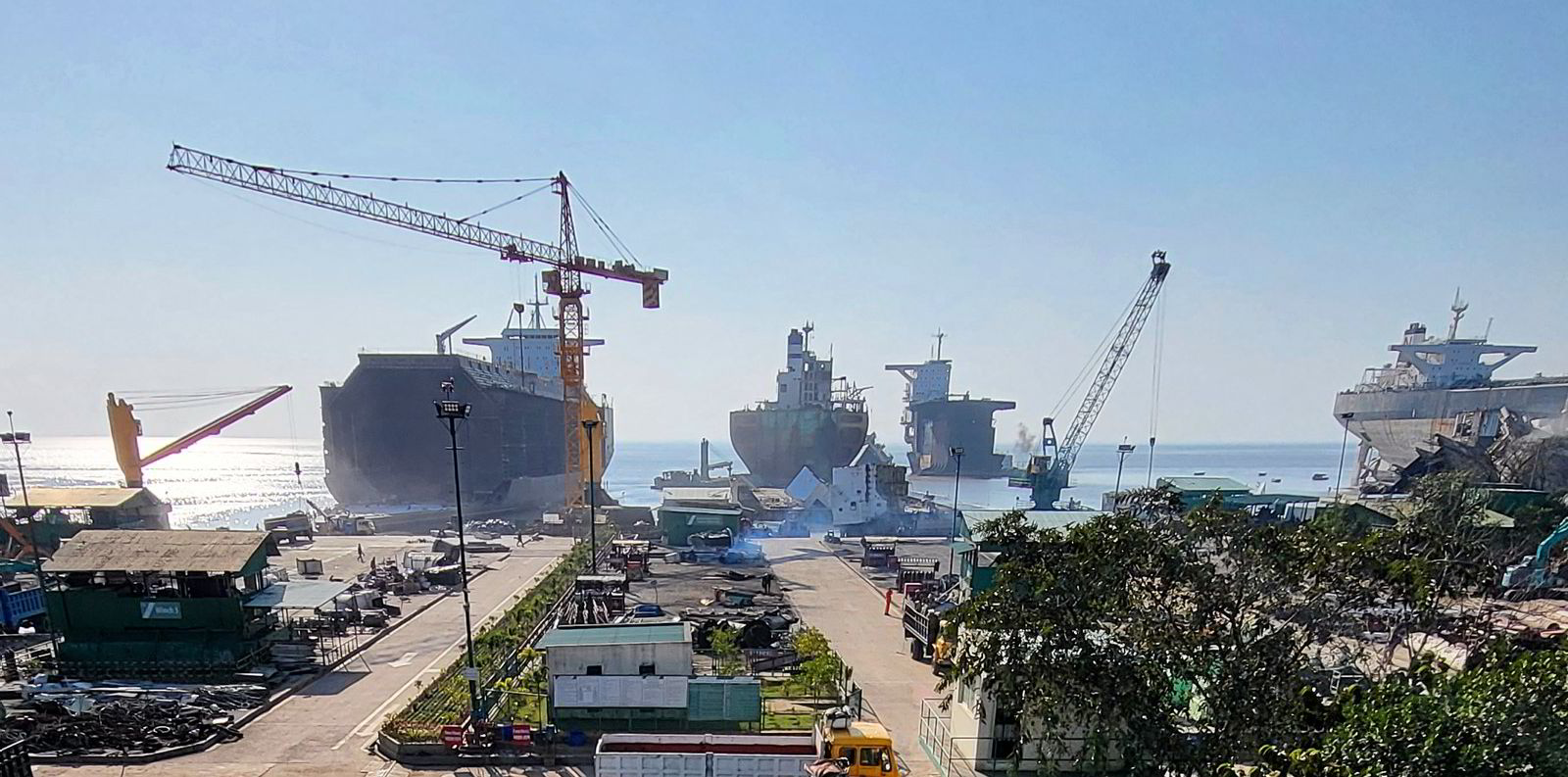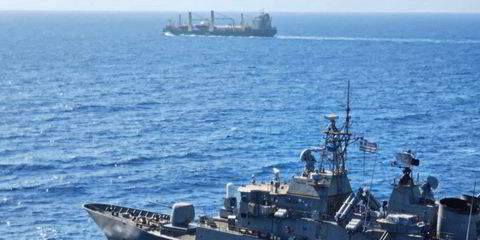Tanker owners may need to take a “leap of faith” if they want to order newbuildings, given the current market, says Poten & Partners.
The oil tanker industry is in a transition period at the same time as it is slowly coming out of a depressed rate environment, while facing geopolitical turmoil.
“While it is not new for our industry to be pulled in several different directions at the same time, the current situation highlights the particular challenges facing shipowners today,” Poten said.
The US broker said current economic uncertainties do not provide tanker owners with a strong incentive to invest in their business.
“The world is facing rising interest rates, an ongoing geopolitical crisis and a Chinese slowdown due to their aggressive response to domestic Covid-19 outbreaks,” it said.
In addition, Poten said escalating energy and food prices could easily trigger a global recession, which would hurt oil demand.
But the uncertain rate environment is not the only problem. Owners face high newbuilding prices and long delivery times due to booming orders for container ships and LNG carriers.
A standard VLCC newbuilding has increased to $115m, which, according to Poten, is the highest since 2009, the tail end of the shipping “supercycle”.
“Even if an owner is willing and able to pay this price, they will not be able to take delivery until 2025. The situation for the smaller tankers is not much better,” it said.
“At $115m for a standard VLCC, an owner needs on average about $33,500 per day for the next 20 years after delivery to break even on the investment.
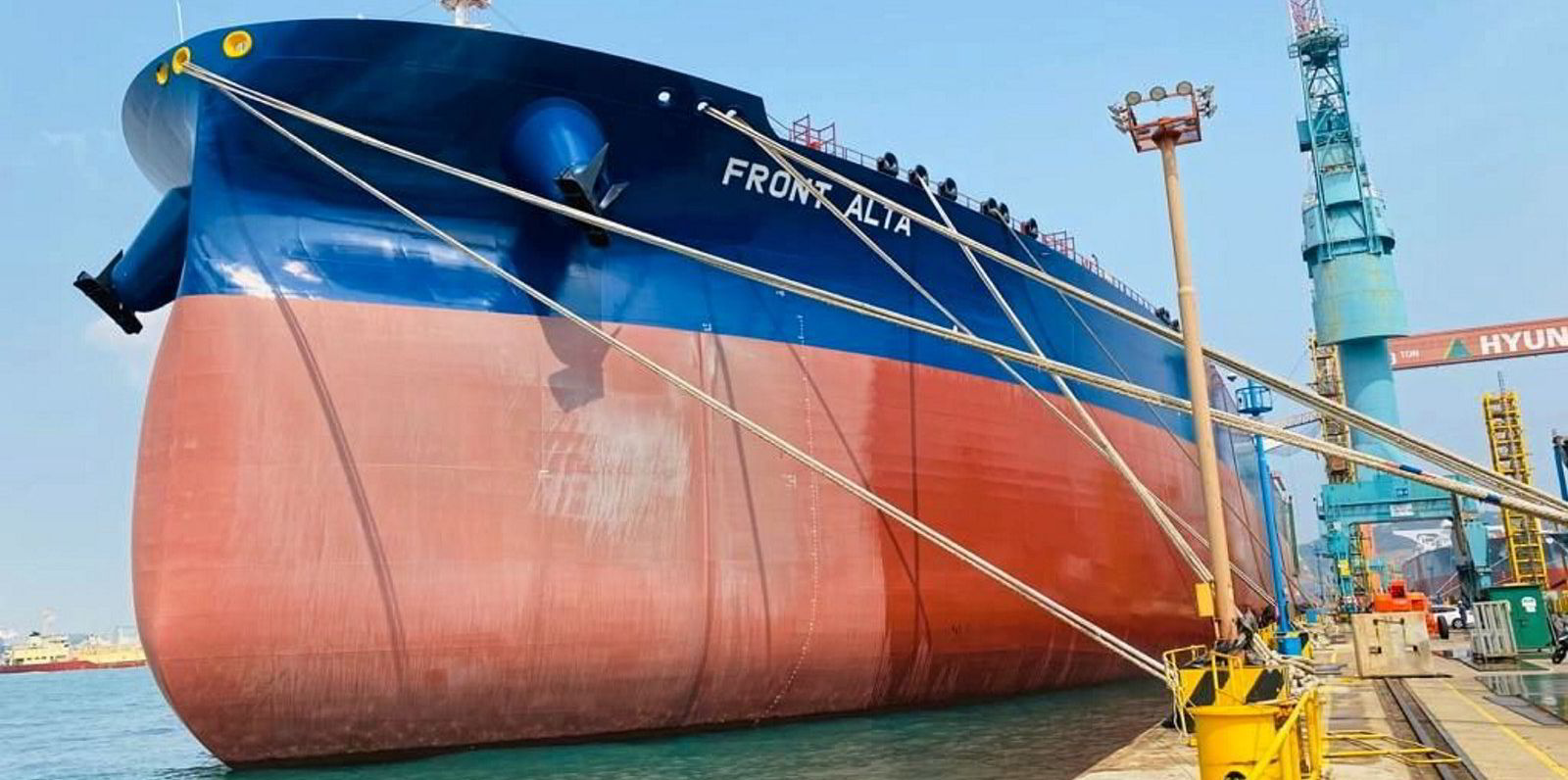
“Given where earnings have been in recent years, this requires quite a leap of faith. Especially considering that tanker shipping is no longer considered a growth industry.”
The world is increasingly concerned about climate change and wants to move away from fossil fuels.
However, even if the tanker industry has limited growth potential, existing vessels have a limited life span and replacement tonnage will still be needed.
That raises the question of what propulsion system an owner should choose as shipping looks to phase out fossil fuels.
“Dual-fuel engines, which can run on fuel oil as well as LNG [which is] considered to be a ‘bridge fuel’ to other alternative fuel options, were a popular choice in recent years, but significant price increases for LNG have made that fuel choice uneconomical at the moment,” said Poten.
“Other options, such as methanol, biofuels and hydrogen, are less viable now.
“Unfortunately, since there is no one size fits all solution to decarbonisation, there is no consensus or clarity about the best option for alternative fuels.”
As a result, many shipowners are “sitting on their hands” due to the combination of low earnings, high prices and uncertainty around the fuels of the future.
Poten said only five tanker newbuilding orders were placed in the first quarter of 2022.
As a result, the tanker orderbook for delivery over the next few years continues to decline, with the VLCC orderbook down to 6.5% of the fleet. The numbers are even lower for the other segments.
However, with a low orderbook and almost one in five VLCCs at least 18 years old, owners willing to take the newbuilding plunge could ultimately be rewarded.
“If oil demand recovers and scrapping returns to normal levels, our industry is likely to face a capacity crunch in the next few years. This could lead to a significant boost in tanker earnings,” Poten said.
